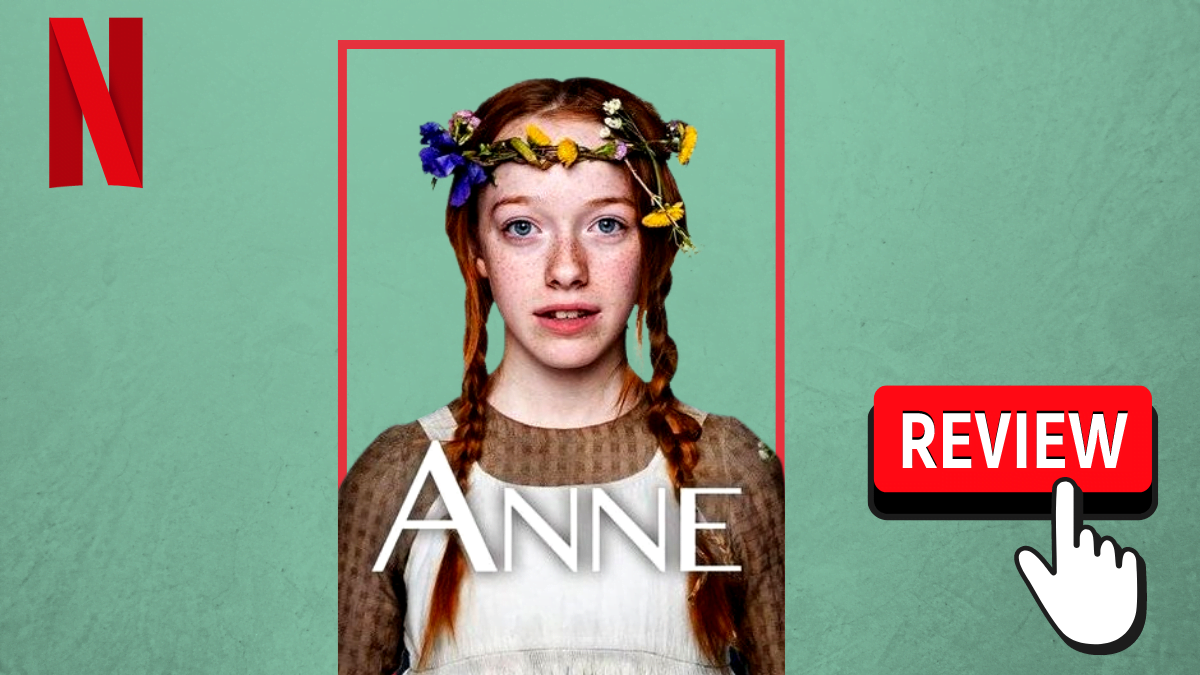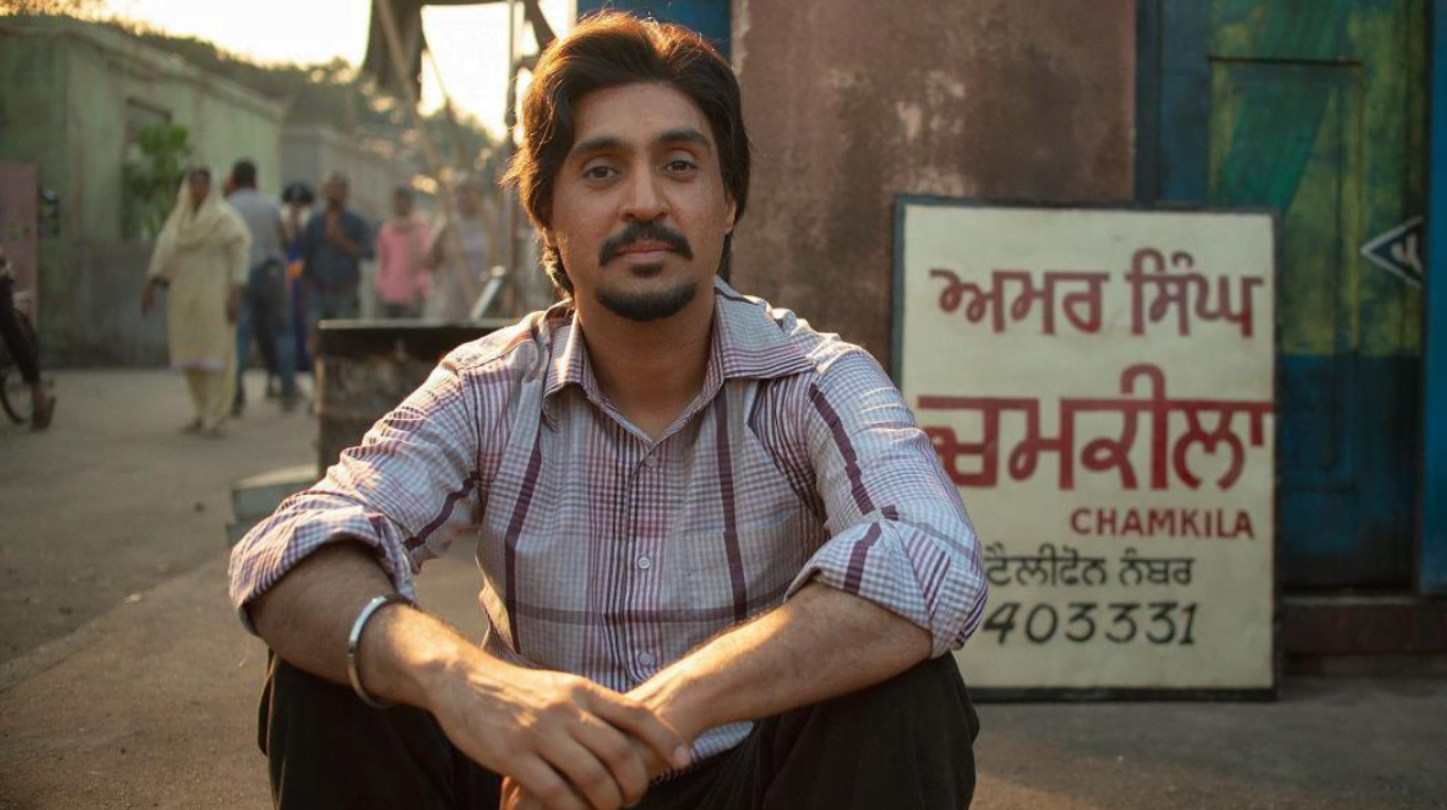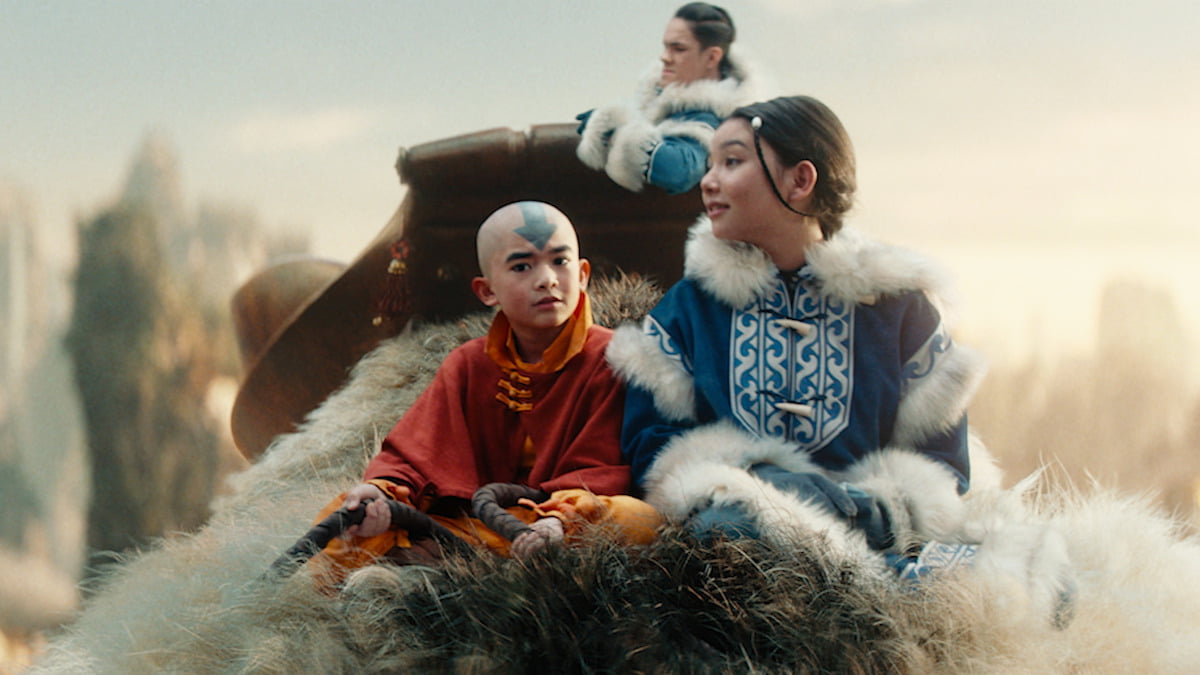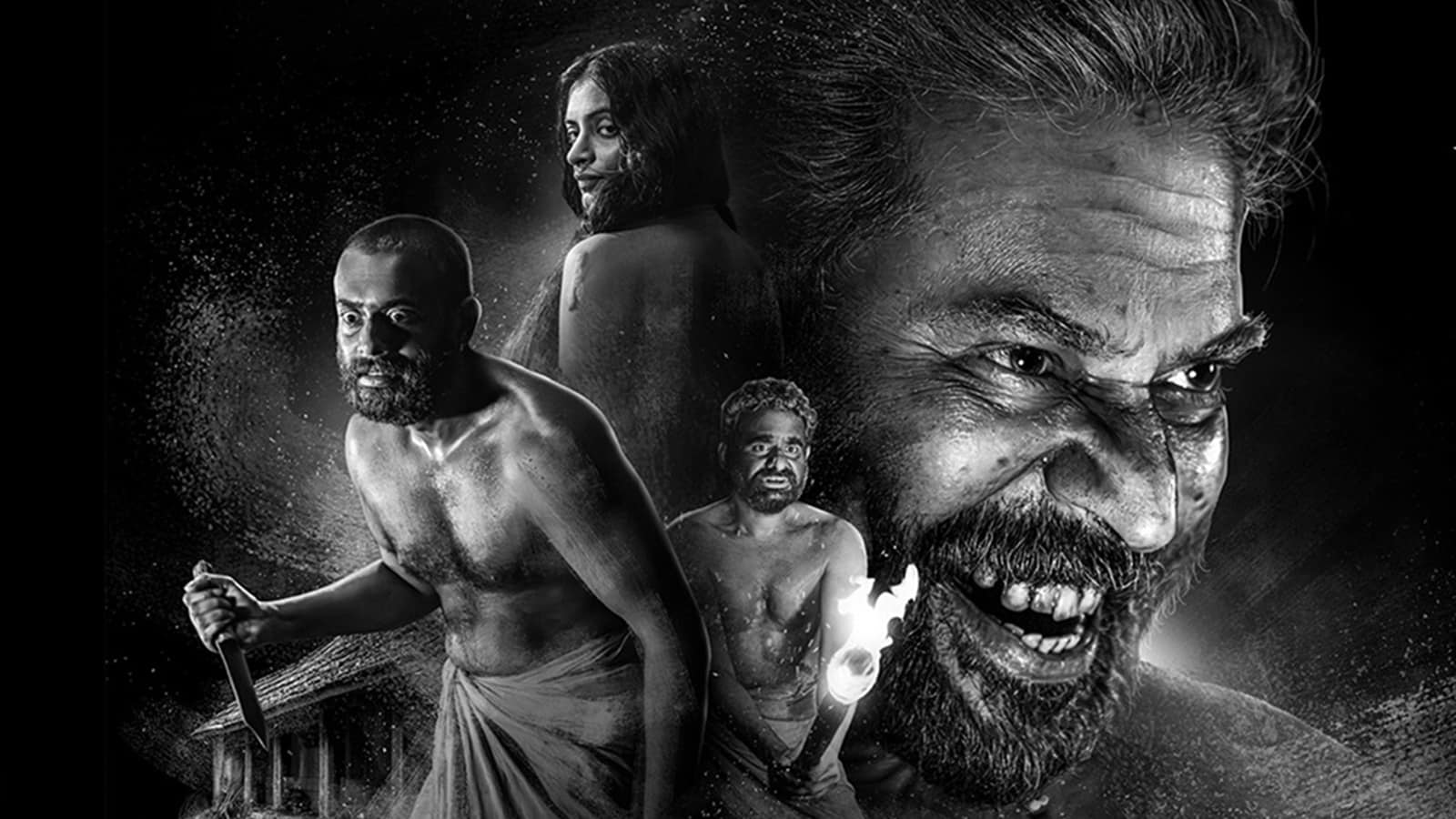Anne with an E on Netflix, is a brilliant creation that looks at issues of race, class, gender and ethnicity in late 19th century Canada and dares to chart a lot of radical territory. Despite its indulgence in romanticism through an idyllic setting in the island village of Avonlea, it exploits the same setting to address important socially and politically contentious issues of the times and foregrounds concerns around human rights, freedom of speech, social justice, gender parity and even sexuality.
The story revolves around an orphan girl, Anne, who is adopted by a farmer brother and sister, Mathew and Marilla Cuthbert, albeit unwillingly. The girl, by white standards of beauty, is supposedly plain and has an exceptionally huge complex as regards her flaming red hair which just goes on to show how hegemonic standards of beauty are as culturally constructed as gender itself and how members, practitioners or followers of a certain culture are made to internalise these standards so that they become normative; where blond eventually becomes beautiful and red, undesirable.
Anne’s orphan status makes her an aberration in the picture-perfect village and after the orphanage, she is victimised and subjected to mental harassment torture and ridicule by her schoolmates in the school she goes to; and yet, she is refreshingly enthusiastic, surprisingly assertive and vivacious. The fact that she emphasises the letter ‘e’ in her name whenever she introduces herself, is indicative of her desire for people to get her right, to take notice of her and cognizance of her identity. She is not one to settle for ‘Ann’ without an ‘e’. It is ironic that as a waif, she barely has any belongings and perhaps that is why she is so persistent about the way people take notice of her name, the only thing perhaps, which she can really call her own.
Anne with an E on Netflix, is a brilliant creation that looks at issues of race, class, gender and ethnicity in late 19th century Canada and dares to chart a lot of radical territory.
A conservative Canada with its consciousness of racial superiority juxtaposed against the accommodating, transforming and progressive mindset of some people from the community at Avonlea is highlighted through the character of Sebastian (Bash), a black, hailing from the Caribbean Islands who Gilbert Blythe, a white boy befriends when he is working on a ship and brings to Avonlea as family.
Interestingly, the racial conflict surfaces in the polarised ideological positioning of Bash and his mother who has been a servant to whites all her life and fails to comprehend Bash’s relation with Gilbert. She in many ways reflects the fear of racial, ethnic or religious minorities in any country and is servile and sweet to whites while being hostile to her own son as she has had to witness her husband being lynched because he was an ambitious black who had wanted to start his own business and own land. It takes her a long time to finally understand the dynamics between Gilbert and her son which transcends skin tones.
The series also gives screenspace and visibility to the native American Indian inhabitants of the land and instead of homogenising or otherising them, gives them a voice and shows the various kinds of atrocities they are subjected to, at the hands of the whites, right from institutionalised religious conversion to legitimising abduction of Indian children in broad daylight to forcing a Christian education on them to opening fire on Indian camps and hurting the natives when they try to prevent their children from being taken away, to exposing the prejudices and bigoted views held by the whites when it comes to the natives and their lifestyle.
Surprisingly, sexuality is yet another contentious issue that finds its way in the narrative through the characters of an elderly woman Josephine Barry—an unapologetic lesbian, and Cole—a homosexual classmate of Anne’s who is relentlessly tormented by his peer group for being ‘different’. The picture is however comparatively rosy. Josephine Barry can afford to be a lesbian because she is affluent and at the top of the social ladder where perhaps class has the power to invisibilise sexuality or even render it irrelevant. Since she takes Cole under her wings, he too is ‘saved’, which is more than a perfect solution. However, the fact that the narrative takes care to foreground these issues and present a hopeful picture without implying that these people are different in any way other than their sexual orientation, is commendable.
Anne with an E also makes no bones about exposing the extremely puritanical and Victorian ways of treating children, denying them their subjective opinion, meting out corporal punishment, and being insensitive towards those on the fringes, either on account of their class, their lineage or their sexuality, especially within the space of the classroom.
Paradoxically, the whole issue of gender as a construct and a constricting one at that is seen to be the predicament of those white girls, who are higher up in the social order than those from middle rung or farmer families. Almost all the girls move on to have a college education whereas a girl like Diana Barry is expected to go to the finishing school at Paris where she will be trained in ways that will help her procure a wealthy suitor who can then run and inherit her father’s business since he has no male heir to succeed him. Diana has conformed to many more standards of ostentatious social propriety and the hegemonic model of femininity as compared to Anne who is never restricted from doing something because she is a ‘girl’.
Also read: Netflix’s ‘The Queen’s Gambit’ Checkmates Gender Tropes Of Our Society
Anne with an E touches upon the predicament which single women would often find themselves in and the discrimination they were subjected to. Derogatory names like ‘old maid’ and references to remaining a ‘spinster’ or being ‘inexperienced’ because one has not birthed or raised children are used for single white women. Miss Stacey, the school teacher who is single, is perceived as a threat to the values of the community since she does not wear a corset, rides a bicycle and takes a lift from a man to go someplace.
Thus, despite being white and financially stable, there are other kinds of discrimination a woman can be subjected to, much like the predicament of urban middle class women in contemporary India. In contrast, there is Mary—the single working black woman who has raised her son Elijah with the help of the other black women of the community, who is neither judged by her community nor subjected to name-calling.
Anne with an E also makes no bones about exposing the extremely puritanical and Victorian ways of treating children, denying them their subjective opinion, meting out corporal punishment, and being insensitive towards those on the fringes, either on account of their class, their lineage or their sexuality, especially within the space of the classroom.
There couldn’t be a more obvious critique of hegemonic institutions and yet the series doesn’t demonise the conservatives; it however raises poignant questions, forcing us to reflect on the very idea of right and wrong. By conforming to tradition espoused by the community, one can be committing a grave wrong. On the other hand, the series certainly does not promote an individualistic society or recommend the dismantling of the community way of shared living.
Also read: What Is The Point Of Netflix’s The Crown Season 4?
Anne with an E attempts to question the system from within and then raze it whenever possible and unsettle it when not, leaving a trail of questions in the minds of the traditionalists and keepers of the status quo, reiterating in its own way the message, we so well associate bell hooks with: loving across differences.




